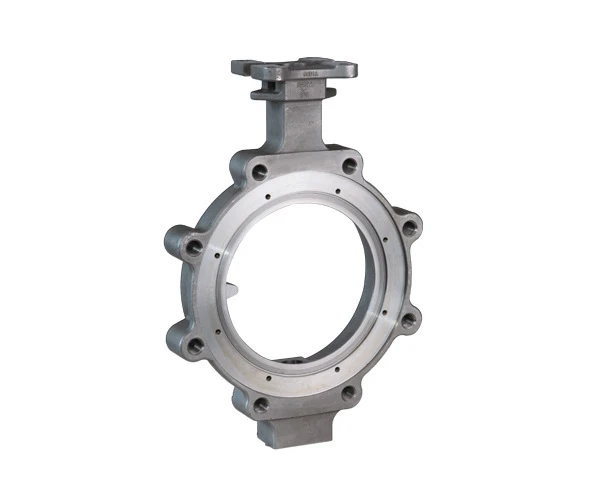stamping operation in sheet metal
Understanding Sheet Metal Stamping Operations
Sheet metal stamping is a crucial manufacturing process that involves forming and shaping metal sheets into a variety of components through the application of force. This process is widely used in various industries, including automotive, aerospace, electronics, and construction, due to its efficiency and versatility. In this article, we’ll explore the fundamentals of sheet metal stamping, the techniques involved, and its applications.
What is Sheet Metal Stamping?
Sheet metal stamping refers to the process of creating shapes and features in sheet metal using dies and mechanical presses. The key elements of this process are
1. Material Typically, the materials used in sheet metal stamping include steel, aluminum, brass, and other alloys. The choice of material often depends on the specific requirements of the application, including strength, weight, and corrosion resistance.
2. Die A die is a specialized tool used to cut or shape the sheet metal. It consists of two main parts the punch and the die block. The punch engages with the metal sheet to create shapes, while the die block provides a surface against which the punch operates.
3. Press The press is a machine that provides the mechanical force necessary to drive the punch into the die, forming the sheet metal. Various types of presses are used, including hydraulic and mechanical presses, each offering distinct advantages.
The Stamping Process
The stamping process can be broken down into several key steps
1. Material Preparation This initial phase involves cutting the metal sheets to the required dimensions and cleaning them to remove any contaminants that could affect the stamping process.
2. Die Design and Setup The design of the die is critical to the success of the stamping operation. Engineers create the die based on the required specifications of the final product. Once the die is manufactured, it is set up in the stamping press.
3. Stamping Operation With the die in place and the metal sheet loaded, the press is activated. The punch descends, applying force to the sheet metal and creating the desired shape. This can involve various techniques, such as blanking, piercing, bending, and forming.
stamping operation in sheet metal

4. Finishing After stamping, the components may undergo additional finishing processes such as trimming, deburring, painting, or coating to enhance their performance and appearance.
Advantages of Sheet Metal Stamping
One of the most significant advantages of sheet metal stamping is its ability to produce high volumes of parts quickly and accurately. Once a die is created, it can be used to produce thousands of identical components with minimal variation. Other benefits include
- Cost Efficiency High-volume production makes stamping a cost-effective option as the cost per part decreases with increased output.
- Material Efficiency The stamping process minimizes waste by utilizing the sheet metal effectively, maximizing material usage.
- Versatility Stamping can produce a wide range of shapes, sizes, and features, making it suitable for diverse applications across multiple industries.
- Strength and Durability Stamped metal parts typically have enhanced strength due to the peculiar properties of the material after deformation.
Applications of Sheet Metal Stamping
The applications of sheet metal stamping are numerous and varied. In the automotive industry, for instance, stamped parts are used for body panels, brackets, and chassis components. In the electronics sector, stamping is used for creating housings, connectors, and various internal components. Additionally, construction relies on stamped metal for framing, roofing, and ductwork.
Conclusion
Sheet metal stamping is an essential manufacturing technique that plays a vital role in producing a wide array of components across multiple industries. Its ability to deliver high precision, efficiency, and cost-effectiveness makes it a favored choice for manufacturers worldwide. As technology advances, the stamping industry continues to evolve, adapting to new materials and processes, which will undoubtedly open up further possibilities for innovation and growth in manufacturing. Understanding the fundamentals of this process helps highlight its significance in modern production landscapes.
-
Precision Sheet Metal Stamping Manufacturer | Fast & ReliableNewsAug.01,2025
-
OEM Sand Cast Pump Valve Fittings - Baoding Hairun Machinery And Equipment Trading Co., Ltd.NewsAug.01,2025
-
Custom OEM Impellers | High Efficiency & PrecisionNewsAug.01,2025
-
OEM Sand Cast Pump Valve Fittings - Baoding Hairun Machinery | Customization, Quality AssuranceNewsAug.01,2025
-
OEM Sand Cast Pump Valve Fittings - Baoding Hairun Machinery And Equipment Trading Co., Ltd.NewsAug.01,2025
-
OEM Sand Cast Pump Valve Fittings - Baoding Hairun Machinery And Equipment Trading Co., Ltd.NewsJul.31,2025















